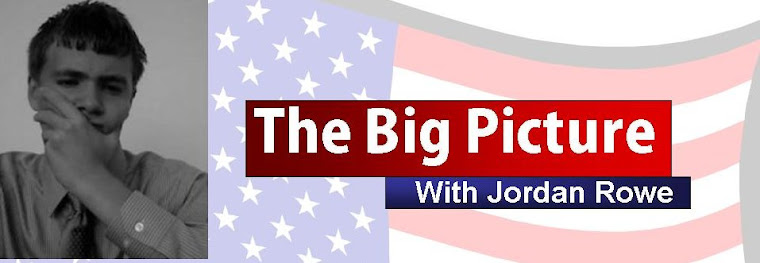For years the icon of the American Dream was a two-story house with a white picket fence in a suburban neighborhood with a family of smiling faces in the front yard. Not that it still isn’t, but Americans seem to demand more or less of themselves than they use to with this dream. In addition to the perfect house and family, they want the perfect job, church, car, weather forecast, and financial state. It’s true…we have become more selfish over the years. But one would think that our demands for more would only tighten America’s grip on the world. Instead, we’ve seen a less dominant America in the past few years than ever before. However, some Americans care less and less about obtaining the dream. So, in general, the idea of the American Dream is less universal than it used to be.
In March of 2007, Forbes.com polled 60 actors, artists, politicians and executives on what they thought is the essence of the American Dream. A few of the responses…
Tom Brokaw, Former Anchor and Managing Editor of NBC Nightly News
“To me, the American Dream is the freedom to choose to live how and where you want, to determine how you'll be governed and to provide your children with even more choices than you had.”
Ted Turner, Cable Television Pioneer
“We have to plan a simpler life and one that's kinder to the environment. We need to stress the quality of our lives and the importance of our relationship with our family and friends rather than consuming resources the way that the historical classic American Dream has been. We need to have a new dream and it's a global dream, one of peace in the world.”
Hugh Hefner, Playboy Founder
“I think the American Dream is personal, political and economic freedom. It’s what the Constitution assures, it’s an immigrant dream, and a dream which we most identify with, largely in part because the idea has been promoted worldwide through movies and American pop culture.”
Colin Powell, Former U.S. Secretary of State
“The American Dream is something that every immigrant brought to this country, as my parents did, and that is the ability to go as far as you can in life, limited only by your own dreams and willingness to work hard. And above all, the American Dream for these folks meant that your children will have the opportunity to do better than you will.”
http://www.forbes.com/2007/03/20/american-dream-oped-cx_de_dream0307_0322dream_land.html
Maybe the American Dream or citizen’s idea of the dream has changed little since the early 20th century? The common themes of personal and economic freedom, hard work, and opportunity for future success are still present in the minds of Americans today. But the concept of how those values look on paper or materialistically is somewhat different.
The role of government in American’s lives has been a point of contention recently with the passage of the new healthcare law. Clearly, Americans still highly value their personal freedoms and do not want the government to dictate what they can and cannot do. Yet, this healthcare bill passed so not everyone believes this to be true.
The country’s continually rising debt (almost 13 trillion dollars) has raised concern over what this current generation may be doing to future generations of Americans. But the money drain has not been plugged in Washington. Earmark and government agency spending is still out of control. Americans feel they are worse off than ever before. In the past, we always saw a brighter future for our posterity…not a darker one.
Also, men and women are working almost equally in the work force. So the notion of the perfect American family has changed from working dad, stay-at-home mom, and houseful of kids to working dad and mom with fewer kids.
Finally, Americans seem less willing to work hard to better themselves. We have more people than ever before seeking welfare benefits. Some argue that it is because of a down economy. But, Americans also are not seeking out jobs, even if the career might not be in their preferred area of choice. This is not true of a majority of Americans, but an increasing number nevertheless.
So with all of that said, I think a majority of Americans if polled would still choose the two story house with a picket fence in a suburban neighborhood as the icon of the American Dream. A majority of Americans still probably want that dream and the values that come with it to become a reality for them. Going forward, however, the American Dream might resemble something entire different. It could be something more for a select few who apply themselves and less for those who do not. Because as previously mentioned we aren’t so willing to stop and appreciate what we’ve been given in this bountiful land. Many Americans want more and that could be our undoing. But more on that in my next post…









